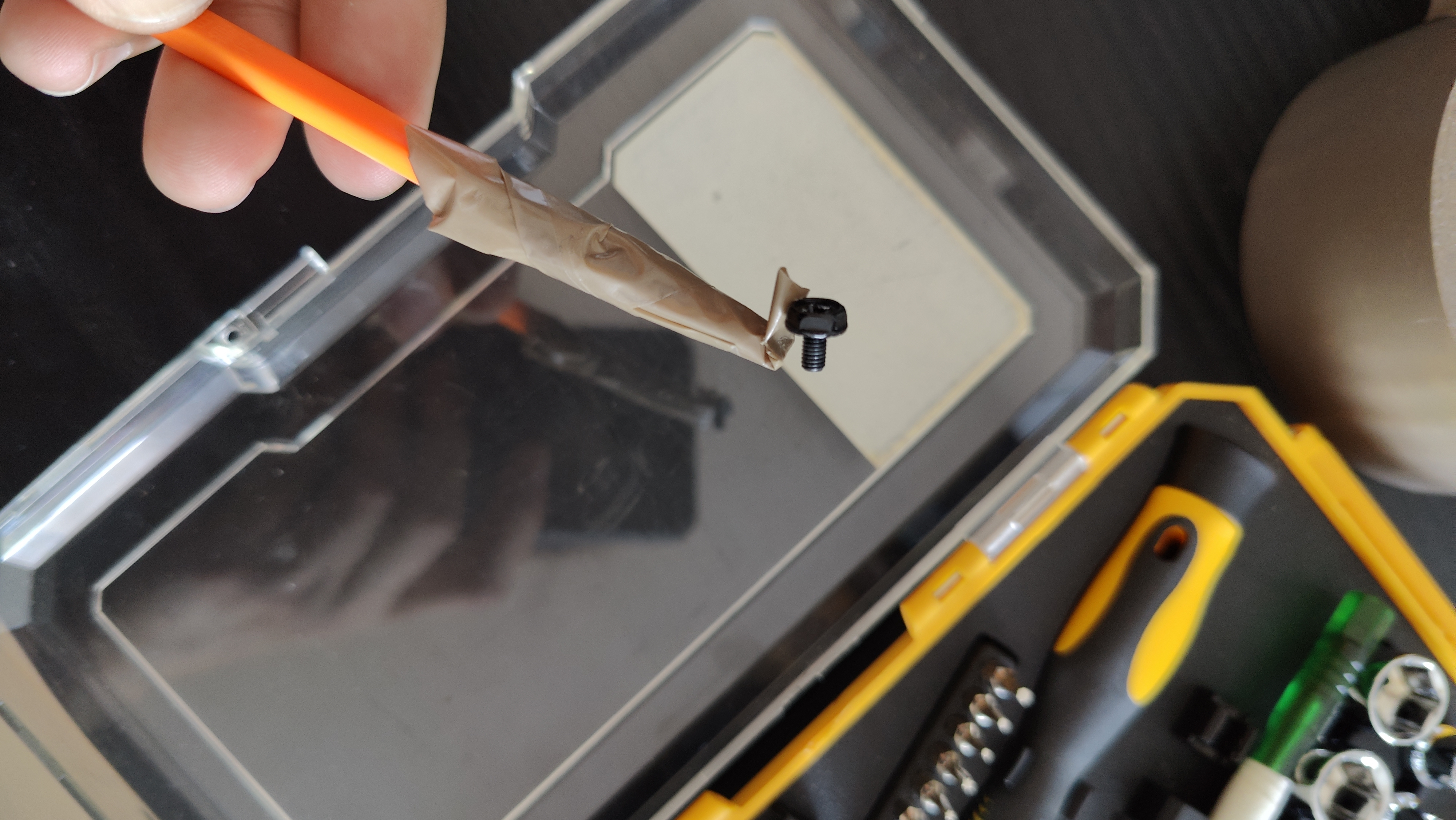I always had an interest in finding out how things worked to really understand them. So, when I decided to start this learning journey it didn’t make sense for me to begin at the software layer: I sought to learn about how computers are built, their different components and their functions.
After a while, I felt the need to see and hold these parts in my hands, because learning the theory is important, but putting that knowledge into practice consolidates what you’ve learned.
Two months ago, on an afternoon adventure, I disassembled and reassembled an older desktop computer.
First Impressions
As I opened the lid and looked inside, the number of cables was impressive. Then something interesting came to mind. The CPU, the motherboard, and all the cables connecting it to the other components reminded me of the central and peripheral nervous systems’ anatomy: the spinal cord, the brain, and the peripheral nerves.
Disassembling the PC was the easier part. I took my time with it, examined each part carefully, and also took pictures. Since I didn’t have thermal paste at the time, I left the CPU on the motherboard.
I was feeling confident and enthusiastic until I began reassembling everything.
Troubleshooting
Reassembling every component was harder than I expected. Attaching all the cables to the right connectors took me some time and patience.
When I was almost done screwing the HDD to its rack, I dropped a screw into a narrow crevice of the case. As I assessed the problem at hand, shaking the case to get it out wasn’t an option since it was stuck in place and I risked damaging the components. After considering the available options, I grabbed a stylus from the screwdriver set and adhesive tape, and after a few unsuccessful attempts, I managed to fish it out. What a relief!

As I pressed the power button, I wasn’t sure the computer would start. But it did, and I was both relieved and overjoyed to accomplish this task.
Conclusion
This was a surprisingly successful experience. The only negative outcome was scratching my desk with the PC’s case, which I’ve repaired with a matching marker.
Besides putting theoretical knowledge into practice, here are some of the things I leaned from this experience:
- It’s important to prepare your working area and assemble the right tools for the task;
- Confidence increases with experimentation: not being afraid to fail allows you to learn faster;
- Hands-on learning is both fun and effective;
- It’s always good to have a backup plan if things don’t work out as expected.
Since this hardware adventure, I’ve upgraded my laptop’s 250GB M2 SDD to a 1TB M2 SDD and converted the former into an external drive with a nice metal case. Following that, I reinstalled Windows 11 and Ubuntu in dual boot, as that’s my usual setup.
Overcoming this challenge gave me confidence to attempt fixing or replacing my computers’ components if needed, and increased my overall interest and curiosity around information technology.